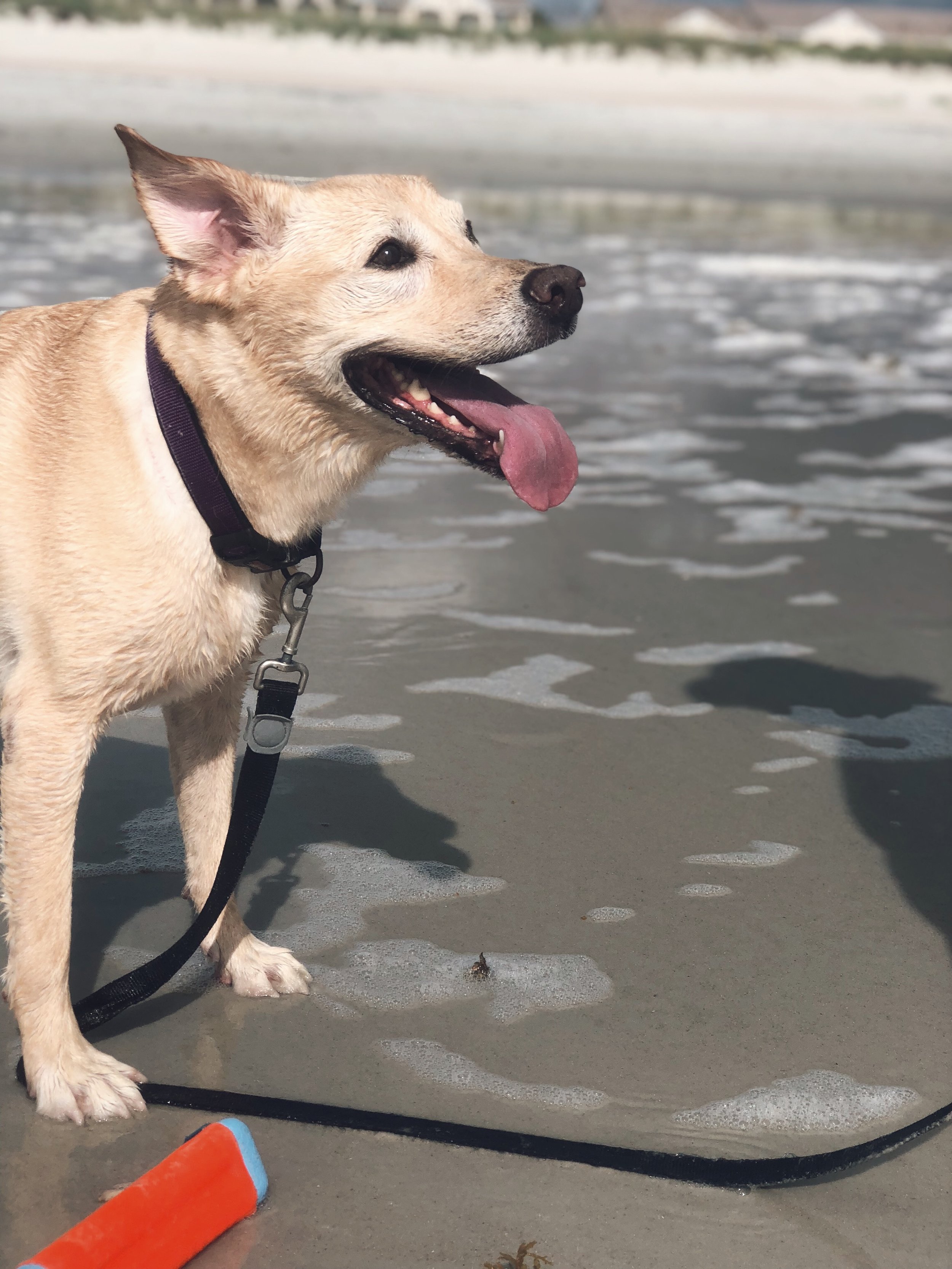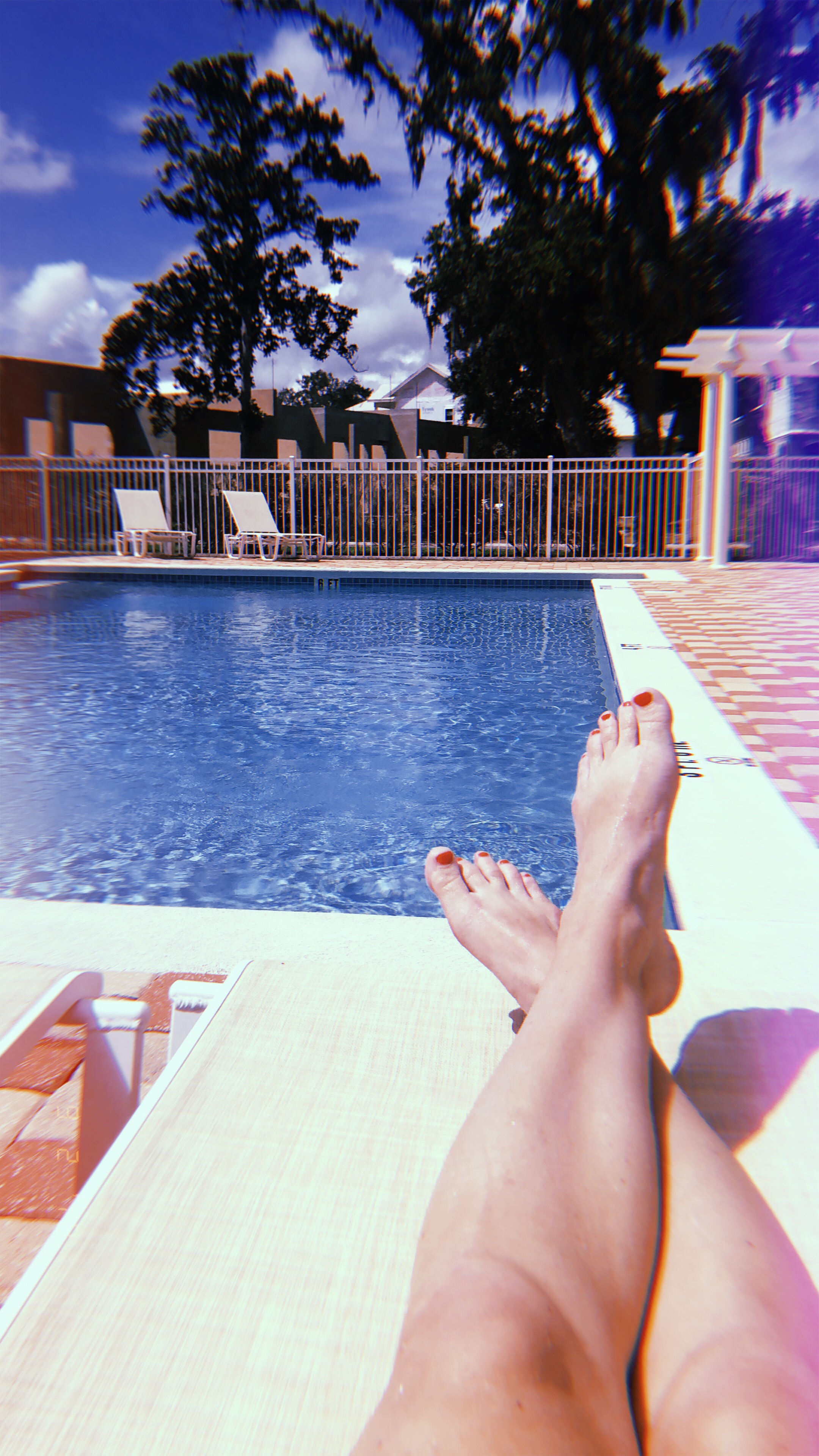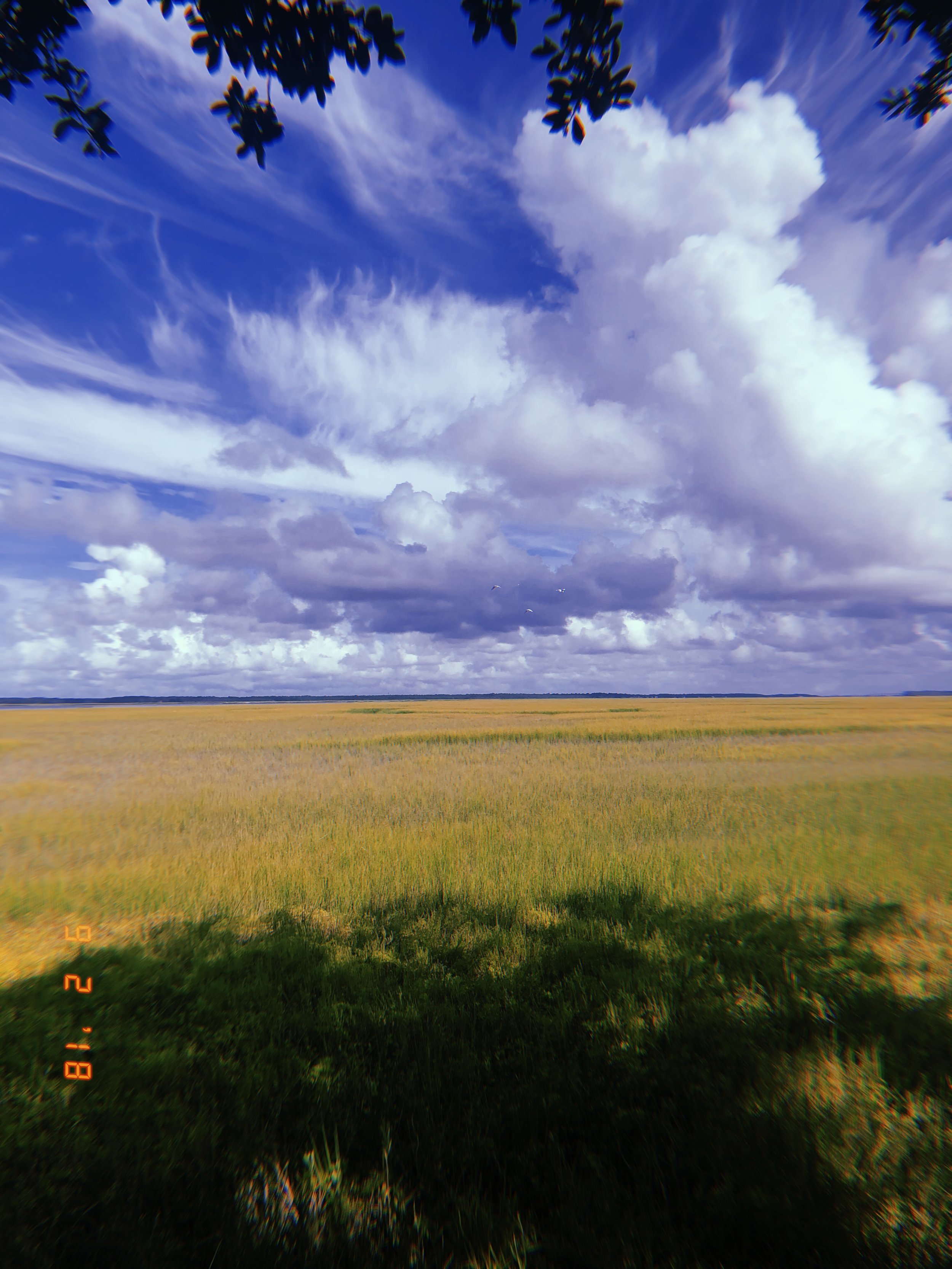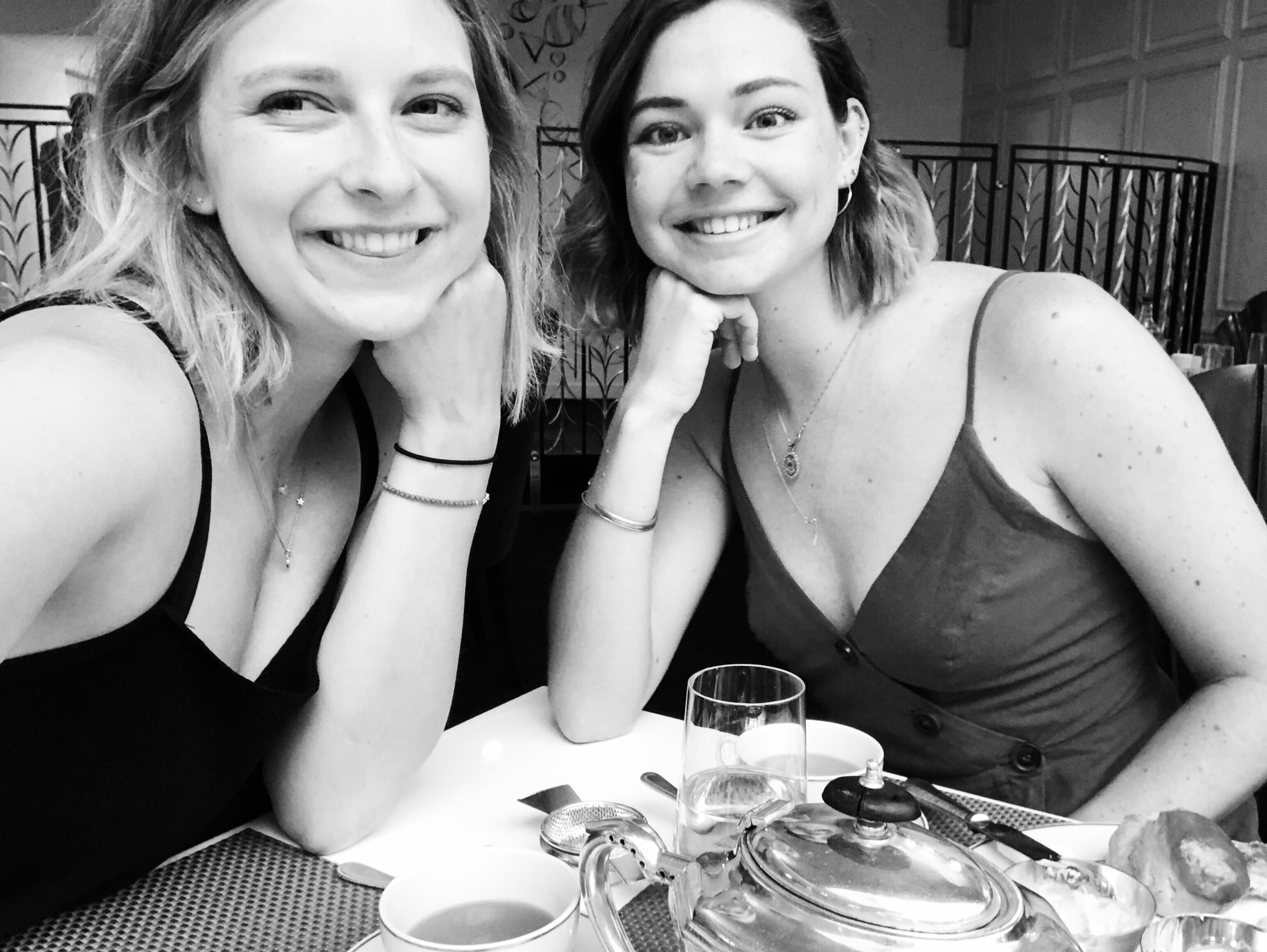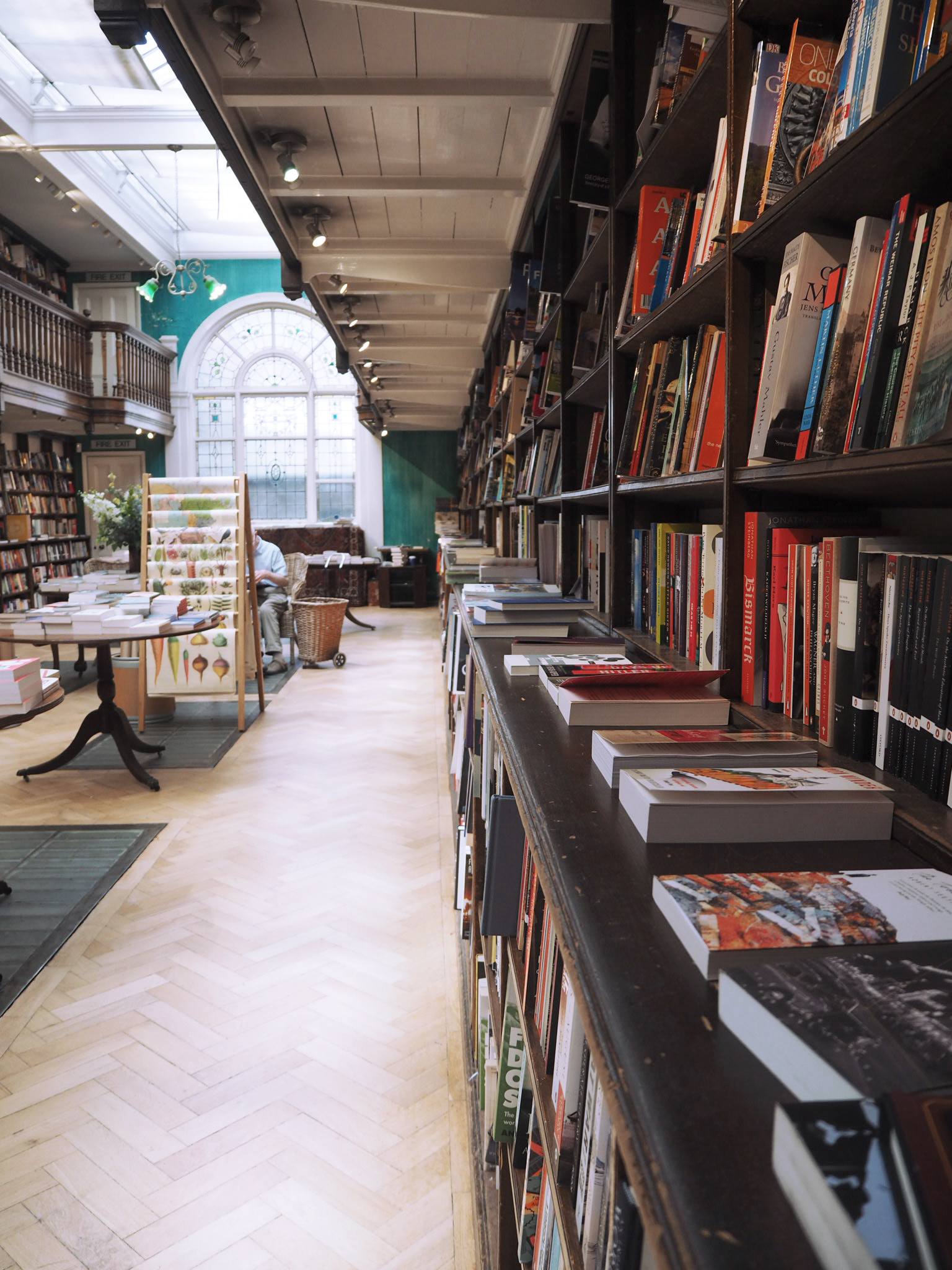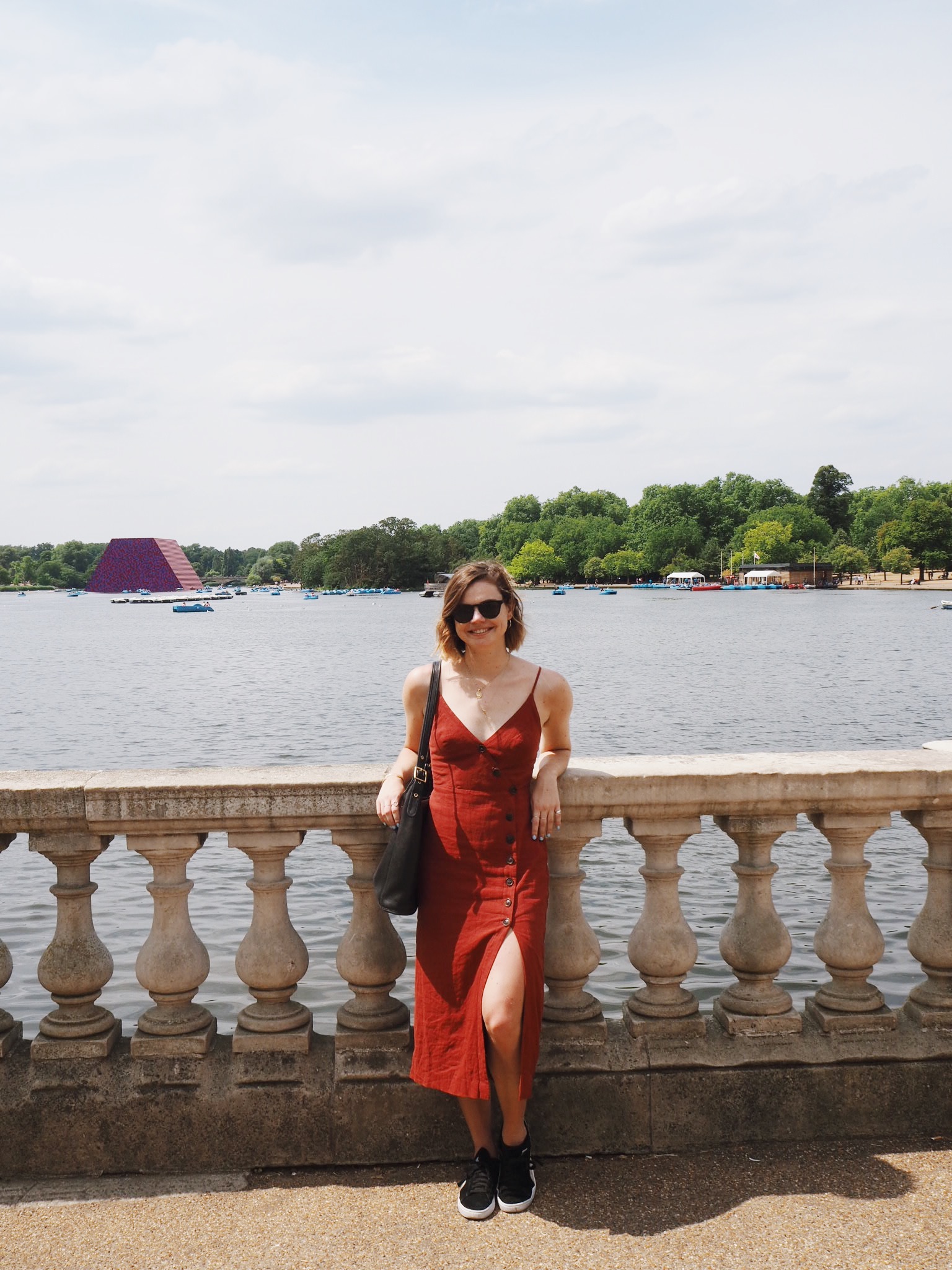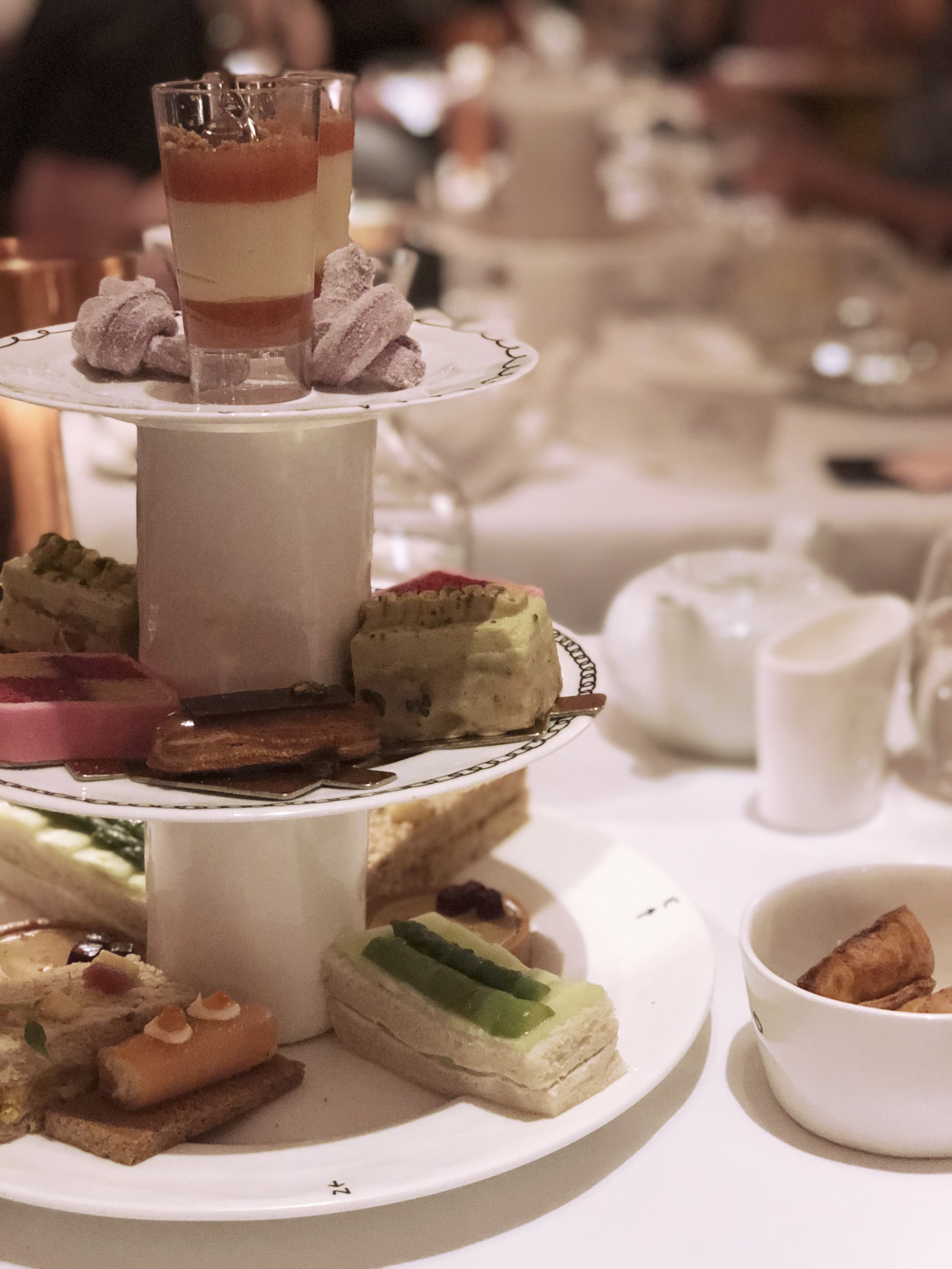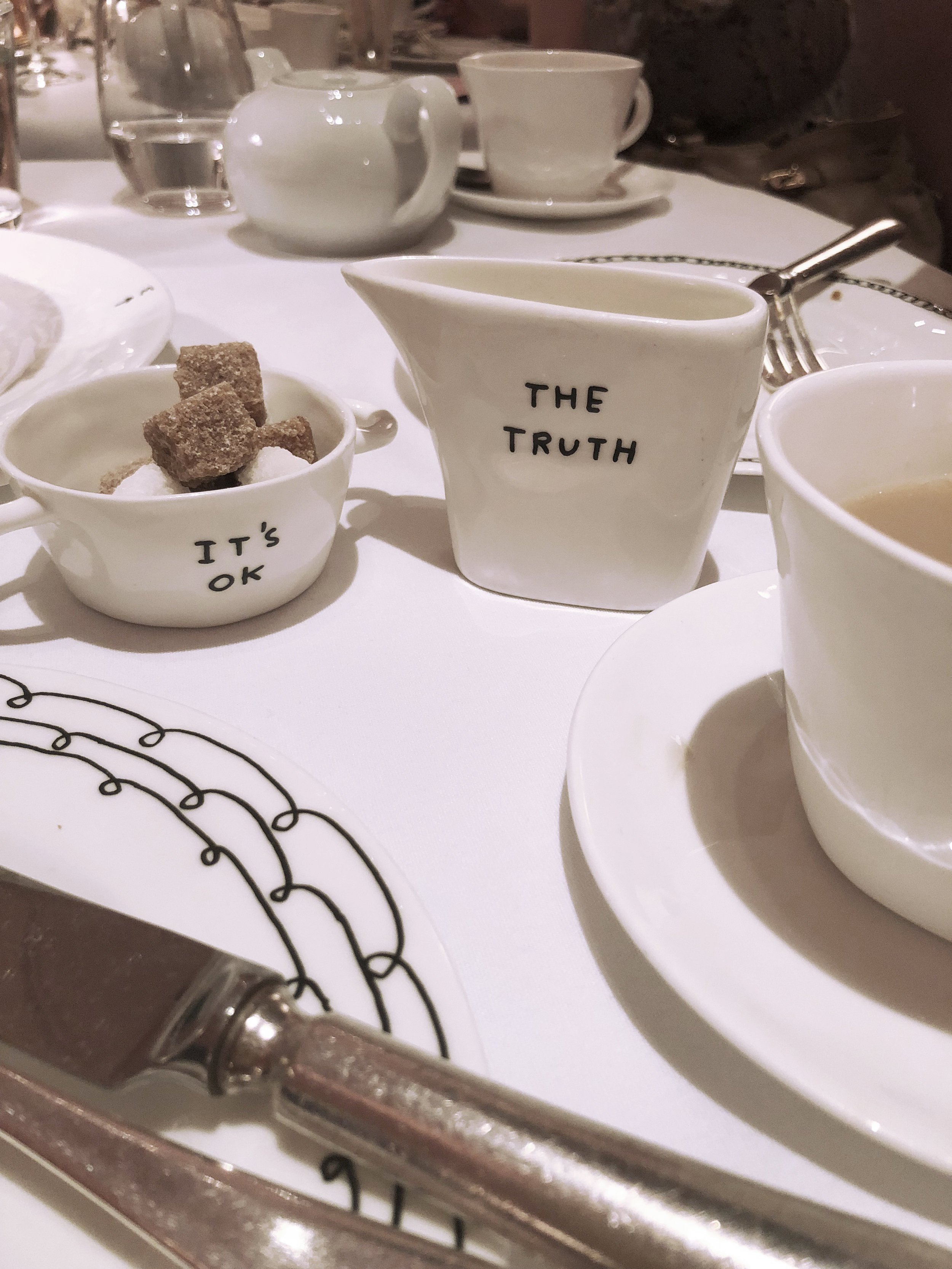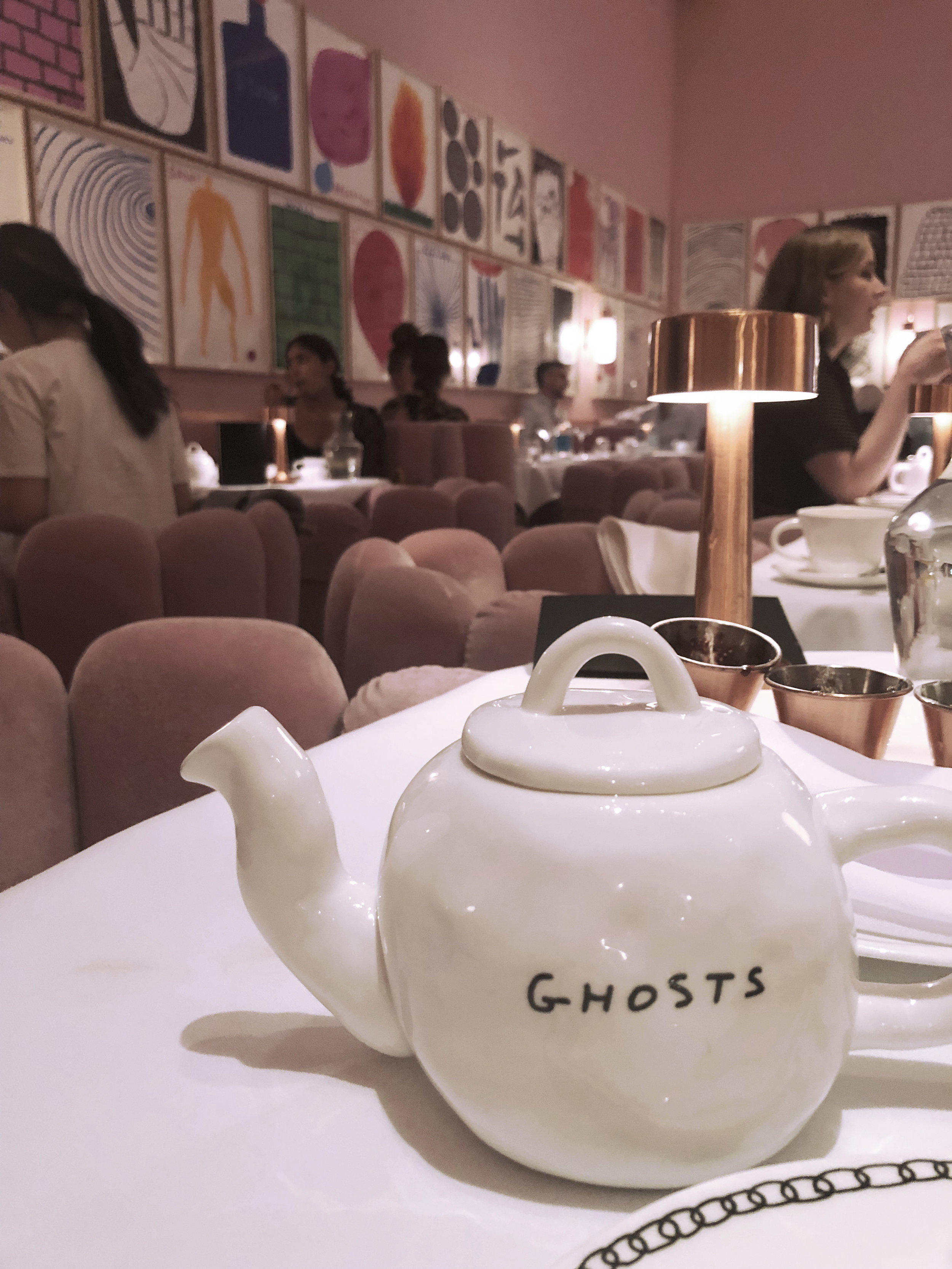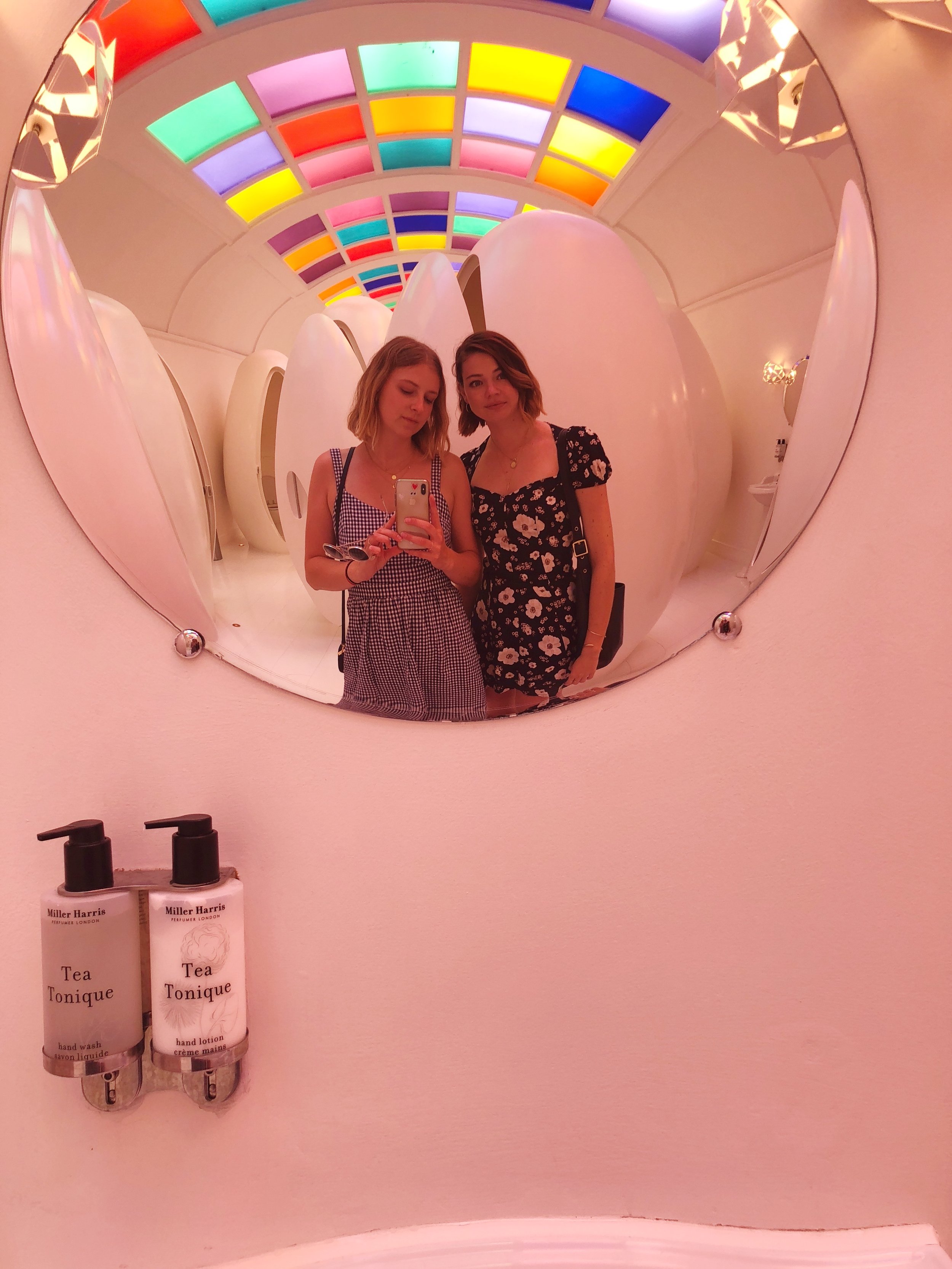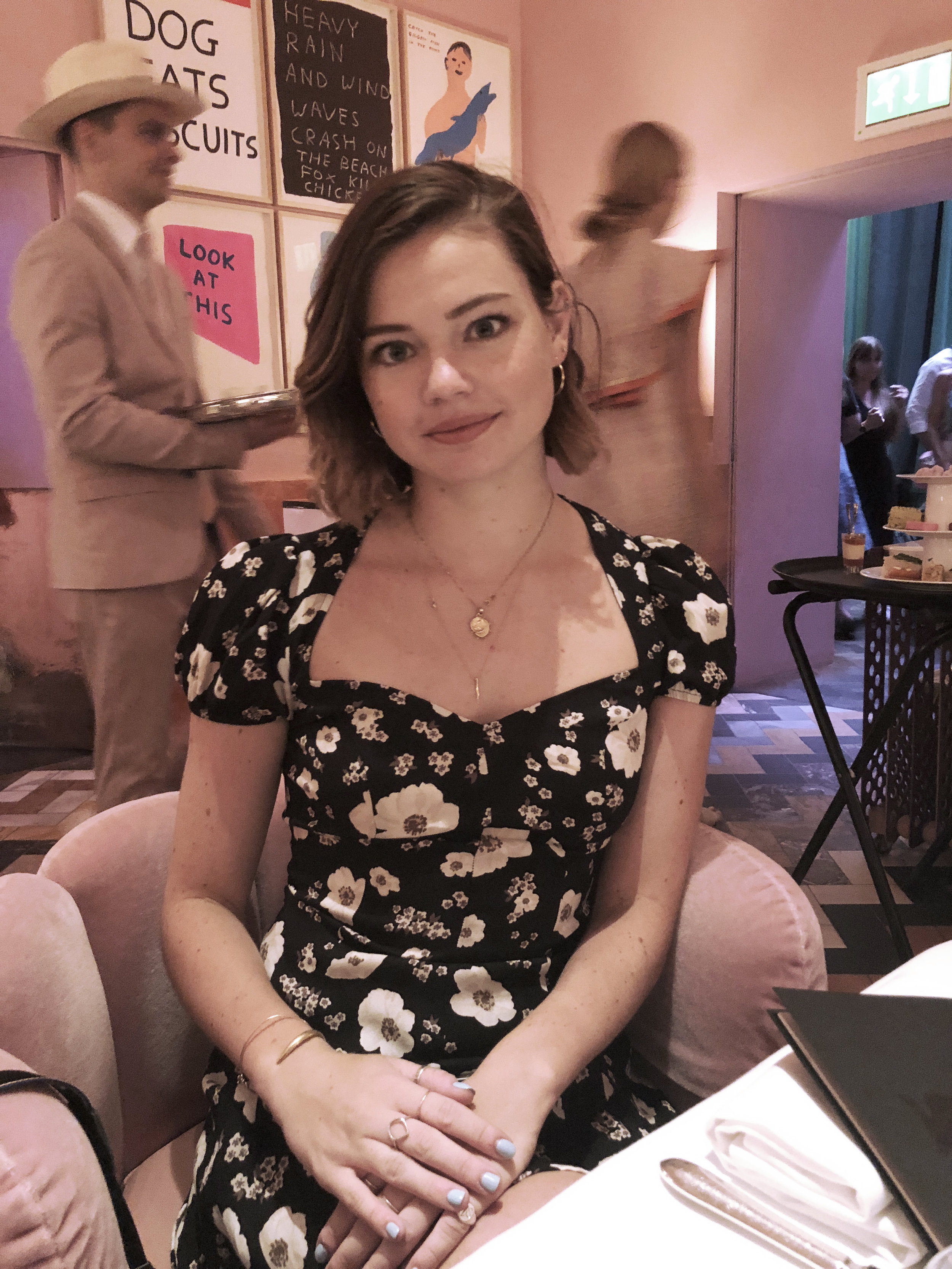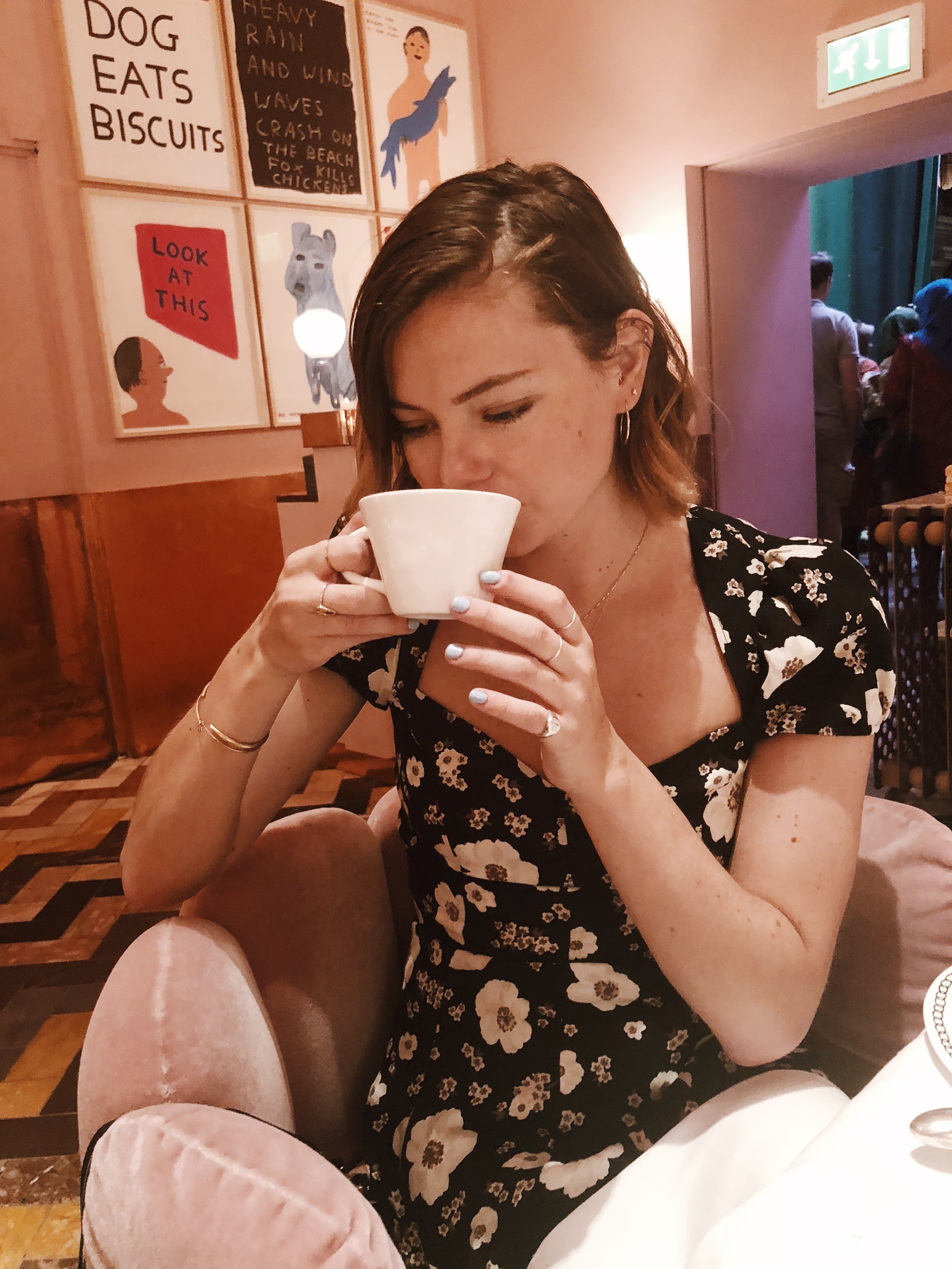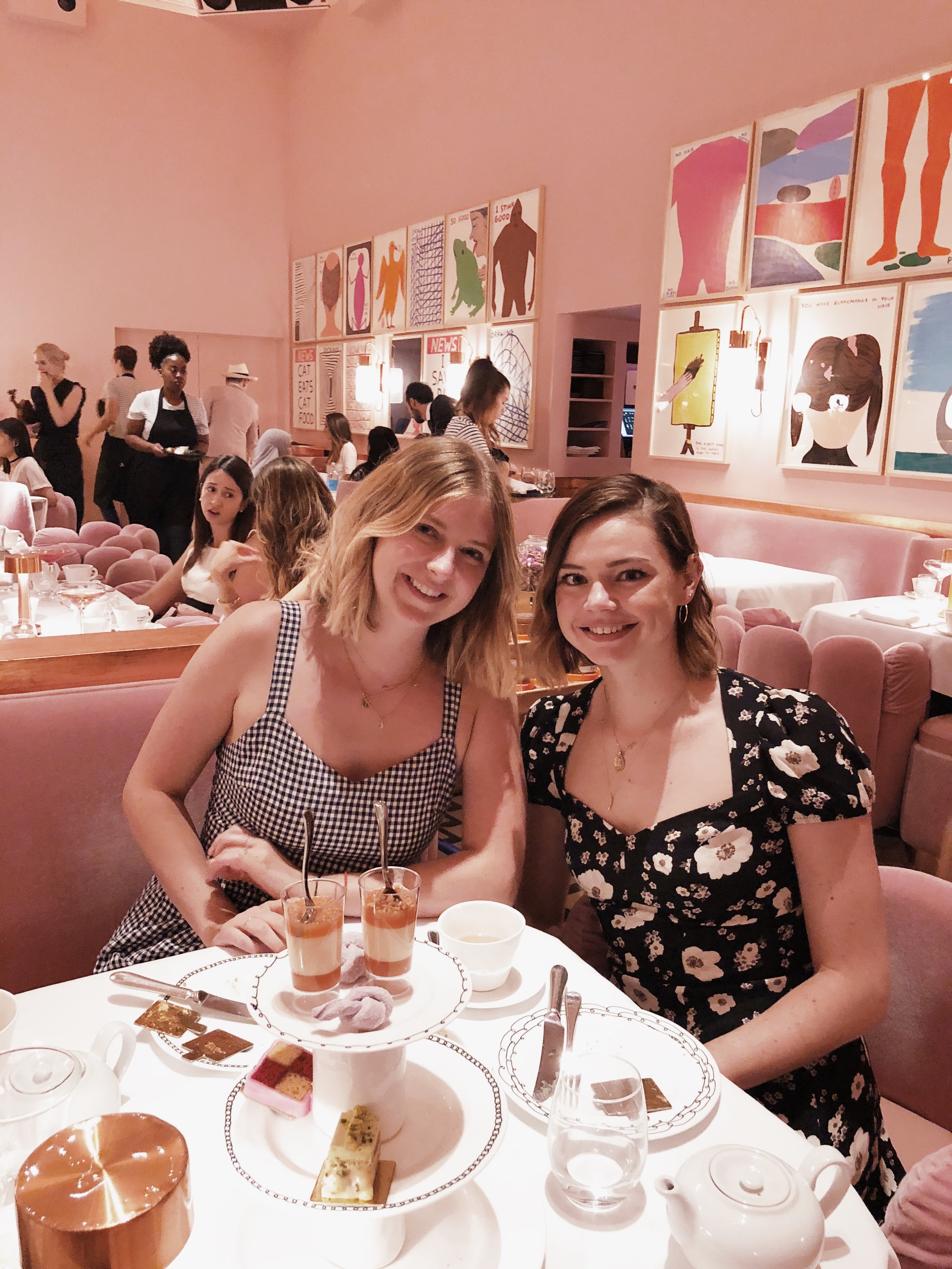17-year old Billie Eilish is, well, sad. Not in totality nor in singularity—but sad nonetheless, singing about insecurities and pain with a deadpan expression, big heavy-lidded eyes staring with preternatural emotion—or, more accurately, lack thereof. Her rise on the pop culture charts might seem to signal another rendition of the Sad Girl, popularized in the Western lexicon in the early 2010s in the time when Tumblr was at its height and the desire to be whisked away was translated into vampire love stories where one could die without dying.
The Sad Girl—who, far before Lana Del Rey, owes its origins to the 1994 film Ma Vida Loca—is a creature entirely new from the Manic Pixie Dream Girl (MPDG) of Kirsten Dunst acclaim. But even so, she has maintained the MPDG allure and fascination: you want to know her or be her. (A moment of irony: Billie singing to her own reflection: “tell the mirror what you know she’s heard before, I don’t wanna be you anymore”).
The Sad Girl was never out to discount depression but instead to glamourise and sometimes commodify it. Billie complicates the simplicity of this trope, much of which was embodied by Lana Del Rey. Where Billie has always been herself, Lana has not always been. Right before her debut album Born to Die was released in 2012, The Guardian published an article comparing the Lizzy Grant she performed as in 2008 to her current Lana Del Rey persona. People were incensed at the thought that their idol of flower crowns, vintage opulence, and boundless emotion might be a construction.
Jump forward 6 years to 2018, when another deliberate act of sadness was captured in My Year of Rest and Relaxation by Ottessa Moshfegh—but this time with a surprising level of self-awareness. It shows the unnamed narrator succumbing to sadness in a particularly privileged state of stasis and indulgence, by numbing herself with drugs and alcohol. She has money; she does not have to work. It is, in many ways, bleak and altogether devoid of glamour. And then the narrator literally takes part in performance art.
Personas have been dangerous, historically, in that they make it all too easy to believe that others pain may be faked. That others may also be hiding something. Perhaps Sad Girls are on one level formulaic—but patterns, both finding and following them, are a part of human nature. An astute and provocative 2015 piece on Sad Girl culture states: “Channeling depression into beauty through creative practice isn't new. It's an age-old coping mechanism that social media merely makes accessible.”
It makes me think of the backlash against the Basic Girl (or against any stereotype, particularly female, for that matter). Where Basic Girls are annoying, Sad Girls are dangerous. But why the harsh distinction? I have two theories. The first: because of the remaining taboo around mental health; if we can’t even talk about it in an open honest way, people should not be doing so in a way that is at all glamourising, as Sad Girls do. But when women shoulder the majority of the weight when it comes to emotional vulnerability, is it any wonder that some found comfort in a performative pathology? The second reason: because women are consistently charged with being false.
As a survey this is a scant one. But as a snapshot, it has led me to the conclusion that what was once a trope is on its way to becoming a trend. What could easily be a shallow, two-dimensional character is becoming something more—an acceptance, even a movement, by very real and very three-dimensional people, like in the Sad Girls Club. I am in the camp—of the metaphorical kind, not the Met Gala variety—that a trend need not be dangerous or cliche and that popularity can sometimes bring about positive change. Look at plastic use. Reusable containers are trendy, and also good for the environment.
We’re hardly there yet. But I’m encouraged by the idea that the Sad Girl of 2019 can be someone who pops a pill with a smile to keep her sadness at bay; that we can be open about the fact that yes, we are sad, and instead of being quick to judge one another, we can be quick to empathize; and, that a girl who is sometimes sad can sing about her insecurities without being reduced to a Sad Girl.




